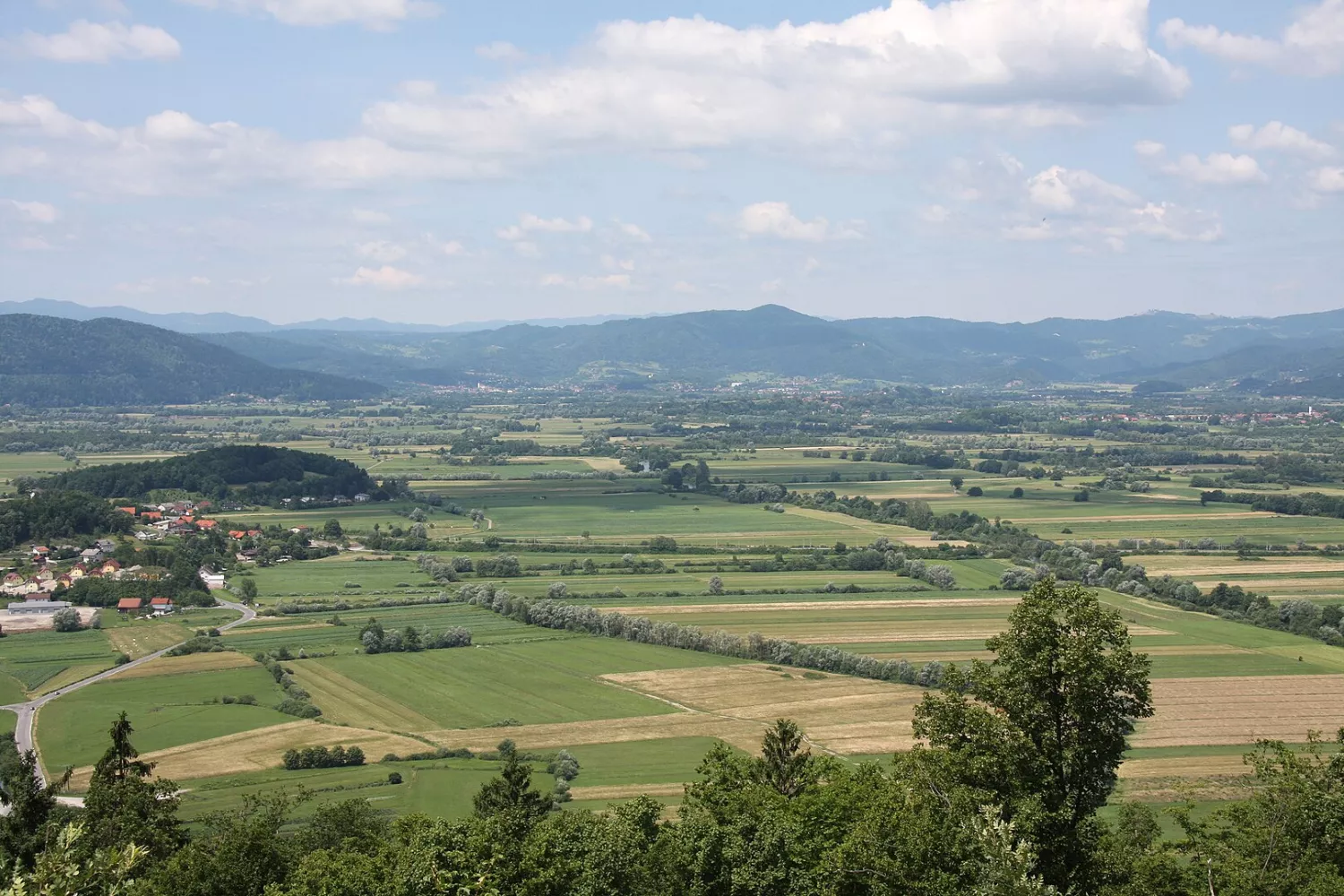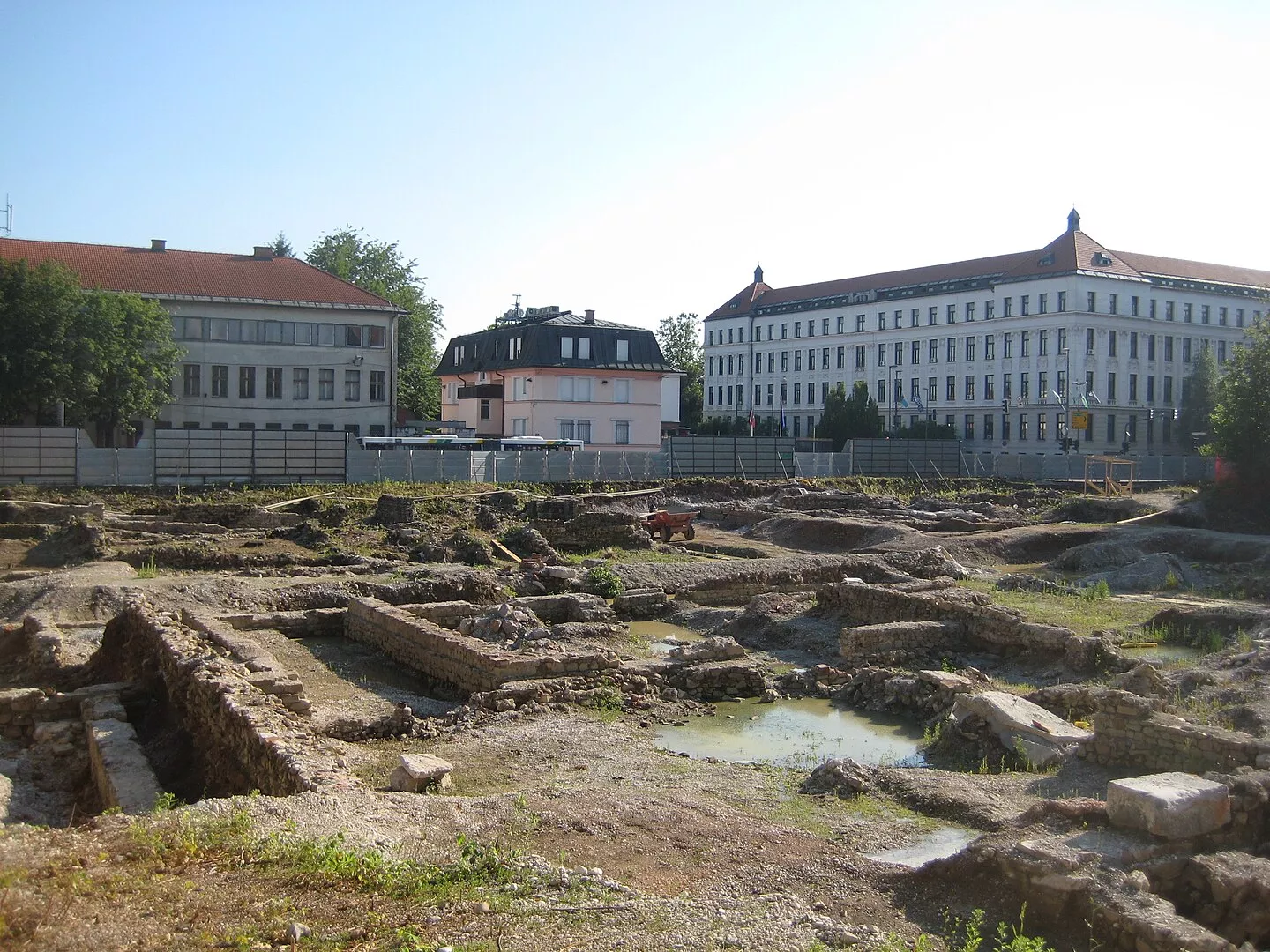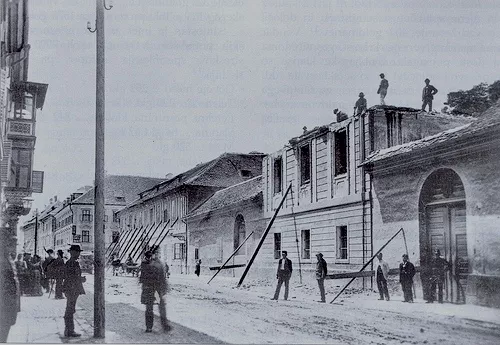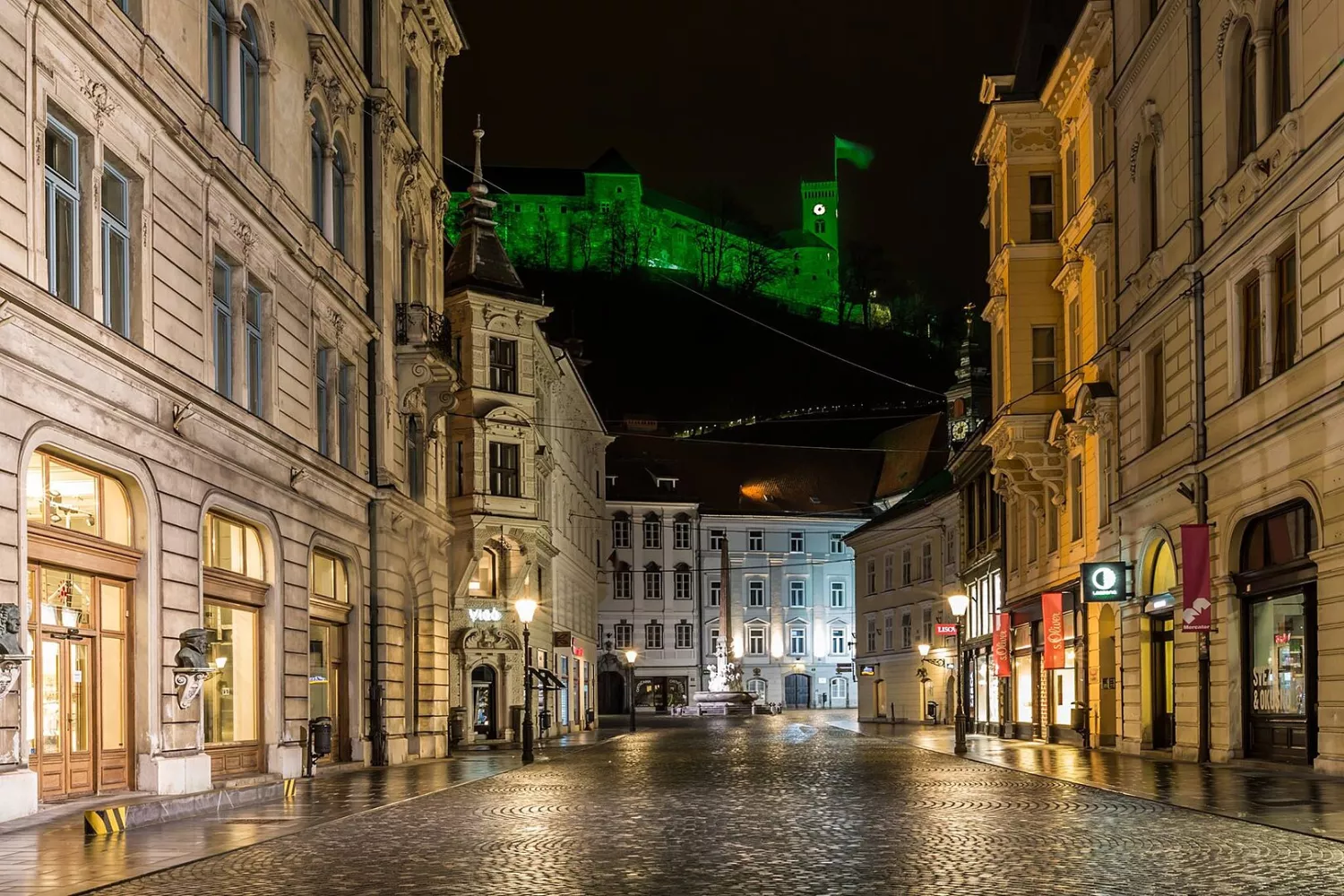Exploring Ljubljana's Rich History: 10 Fascinating Historical Facts
Ljubljana, the vibrant capital of Slovenia, pulsates with life, creativity, and history. Nestled at the crossroads of European trade routes and surrounded by breathtaking natural landscapes, it stands as the political, cultural, and economic nucleus of the nation.
This enchanting city, often dubbed the "beloved" by locals, boasts a rich tapestry of cultural influences, reflecting its diverse historical heritage. From its ancient Roman roots in Emona to its centuries under Habsburg rule, Ljubljana wears its history proudly while embracing the modern world with open arms.
As a bustling metropolis with a small-town charm, Ljubljana invites visitors to explore its winding medieval streets, majestic castles, and modern architectural marvels. The cityscape is a testament to its eclectic past, where Italian baroque blends seamlessly with Art Nouveau and contemporary design, creating a visual feast for the senses.
But Ljubljana is more than just a feast for the eyes—it's a cultural melting pot, home to world-class theaters, museums, galleries, and one of the oldest philharmonic orchestras in the world. The city's vibrant arts scene thrives year-round, with over 10,000 cultural events and 10 international festivals annually, ensuring there's always something captivating to see or experience.
Yet, amidst its urban hustle and bustle, Ljubljana remains a green oasis, with scenic parks, riverside promenades, and abundant outdoor activities inviting locals and visitors alike to unwind and connect with nature.
With its youthful energy, innovative spirit, and unwavering hospitality, Ljubljana captivates the hearts of all who wander its streets. Whether you're drawn to its cultural treasures, culinary delights, or simply seeking a city that feels like home, Ljubljana welcomes you with open arms, ready to share its stories, secrets, and endless charms.
We will unveil 10 historical facts that define Ljubljana's identity, from ancient roots to modern prominence. Join us on this journey through time, revealing the city's rich tapestry of history and culture.
Table of Contents
Hide
Prehistoric Settlements
Ljubljana's rich prehistoric heritage dates back to around 2000 BC when settlements flourished on the Ljubljana Marsh. These ancient inhabitants, living in pile dwellings, engaged in a subsistence lifestyle centered around hunting, fishing, and primitive agriculture. Notable archaeological discoveries, such as the oldest wooden wheel in the world, underscore the ingenuity and resourcefulness of these early settlers. Designated as a UNESCO World Heritage Site since June 2011, the remnants of these lake-dwelling communities provide valuable insights into the region's prehistoric past and its inhabitants' way of life.
Roman Origins
The Roman presence in Ljubljana traces back to around 50 BC when they established a military encampment, later evolving into the permanent settlement of Iulia Aemona. This strategic stronghold, occupied by the renowned Legio XV Apollinaris, played a crucial role in various battles and served as a bustling hub of trade and commerce. The Roman influence is evident in the city's infrastructure, including paved streets, brick houses, and a sophisticated drainage system, reflecting the advanced urban planning and engineering prowess of that era.
Middle Ages Evolution
Ljubljana's medieval history witnessed significant growth and development, marked by the granting of market rights and the acquisition of town privileges between 1220 and 1243. Despite facing challenges such as recurrent fires, the city thrived as artisans organized into guilds and urban settlement expanded. The shift towards urbanization laid the foundation for Ljubljana's emergence as a prominent regional center and a focal point of cultural and economic activity.
Habsburg Rule
In the late 13th century, Ljubljana came under Habsburg rule, a period that lasted until 1797. This era saw cultural and architectural shifts, including the establishment of the Jewish Quarter in 1327 and the signing of a significant peace treaty in 1382. Under Habsburg dominion, Ljubljana flourished as an administrative and commercial center, attracting merchants and craftsmen from across Europe and fostering a vibrant multicultural atmosphere.
Cultural Renaissance
During the 15th century, Ljubljana experienced a cultural renaissance, emerging as a hub for art and intellectual pursuits. Renowned for its painting and sculpture workshops, the city witnessed the establishment of the Latin Catholic Archdiocese in 1461, signifying its growing cultural and religious significance. The Church of St. Nicholas became the diocesan cathedral, further enhancing Ljubljana's status as a center of cultural and spiritual life.
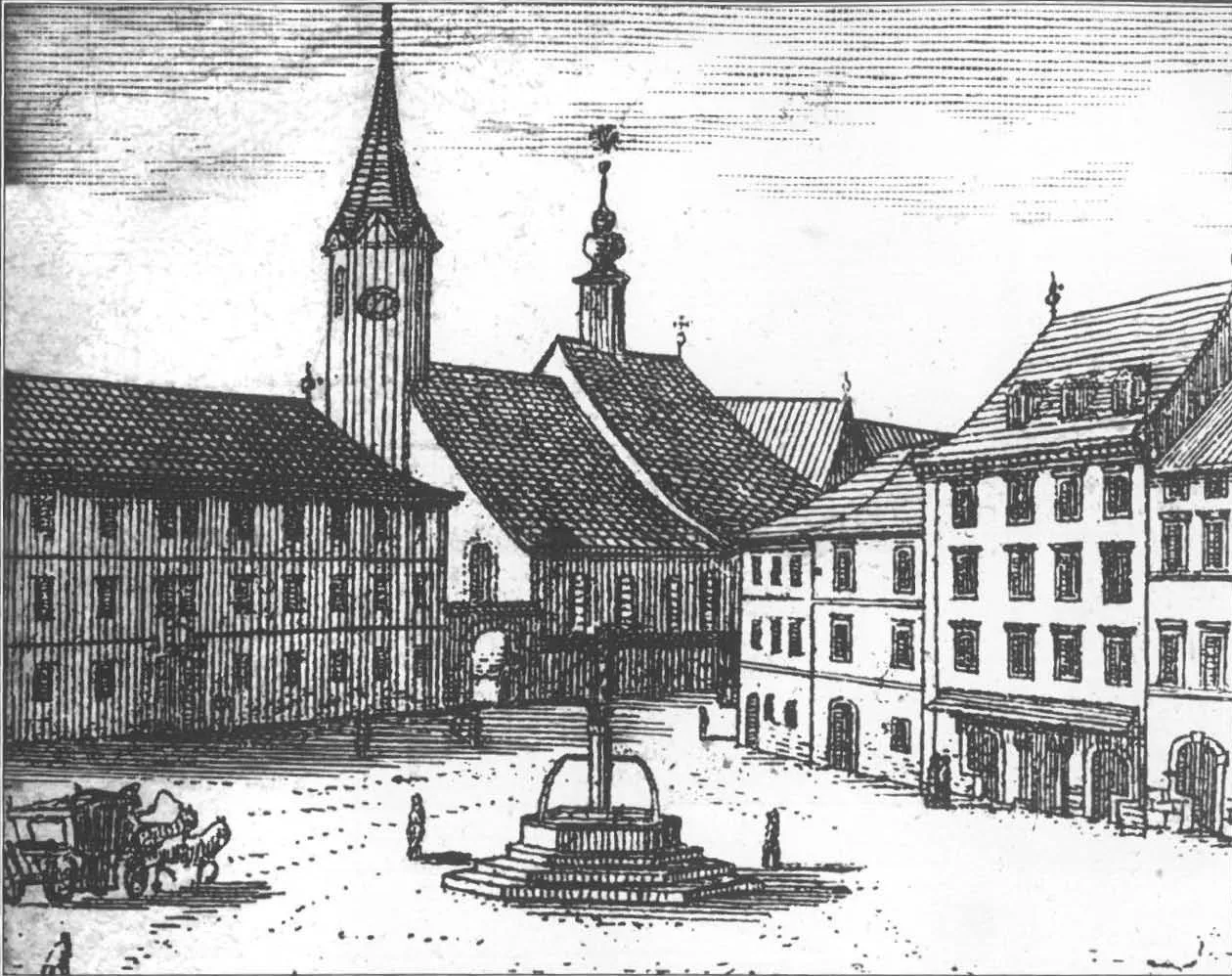
Depiction of the old Ljubljana Cathedral from The Glory of the Duchy of Carniola (1689) - Andreas Trost, Public domain, via Wikimedia Commons
Protestant Movement
The 16th century witnessed the rise of the Slovenian Protestant community in Ljubljana, marking a significant socio-religious shift. However, the Counter-Reformation, initiated in 1598, led to the expulsion of Protestants and the resurgence of Catholicism, reshaping the city's religious landscape. Despite these religious tensions, Ljubljana continued to evolve as a center of learning and cultural exchange.
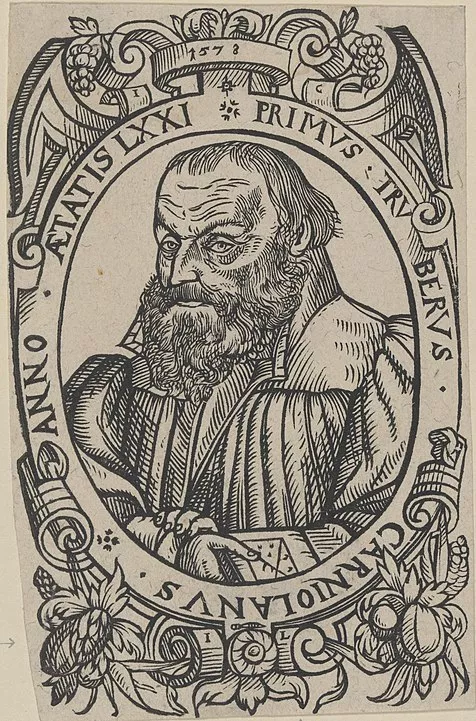
Primož Trubar, Slovene Protestant Reformer of the Lutheran tradition - Jakob Lederlein, Public domain, via Wikimedia Commons
Baroque Influence
The 17th century saw a flourishing of Baroque architecture in Ljubljana, with foreign architects contributing to the renovation of monasteries, churches, and palaces. The Jesuits played a pivotal role in fostering Baroque music and education during this period, enriching the city's cultural and intellectual life. Ljubljana's architectural landscape was transformed, with elaborate facades, ornate interiors, and grandiose public spaces reflecting the opulence and grandeur of the Baroque era.
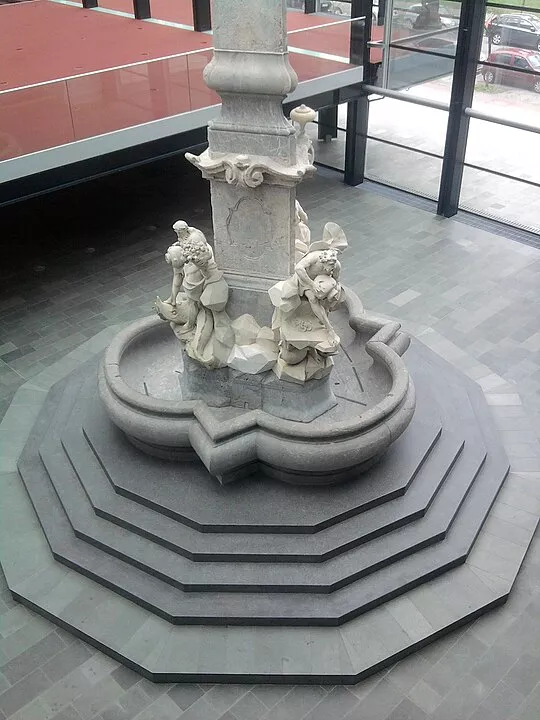
Jewel in the crown of the Ljubljana's Baroque art, Robba Fountain, located at the National Gallery - Prunk, CC BY-SA 3.0, via Wikimedia Commons
Napoleonic Era
Ljubljana briefly served as the capital of the Illyrian Provinces during Napoleon's rule from 1809 to 1813. Slovenian became an official language, reflecting the diverse cultural landscape of the city. Despite the tumultuous political climate, Ljubljana continued to thrive as a center of administration, trade, and intellectual discourse, fostering a spirit of cultural exchange and innovation.
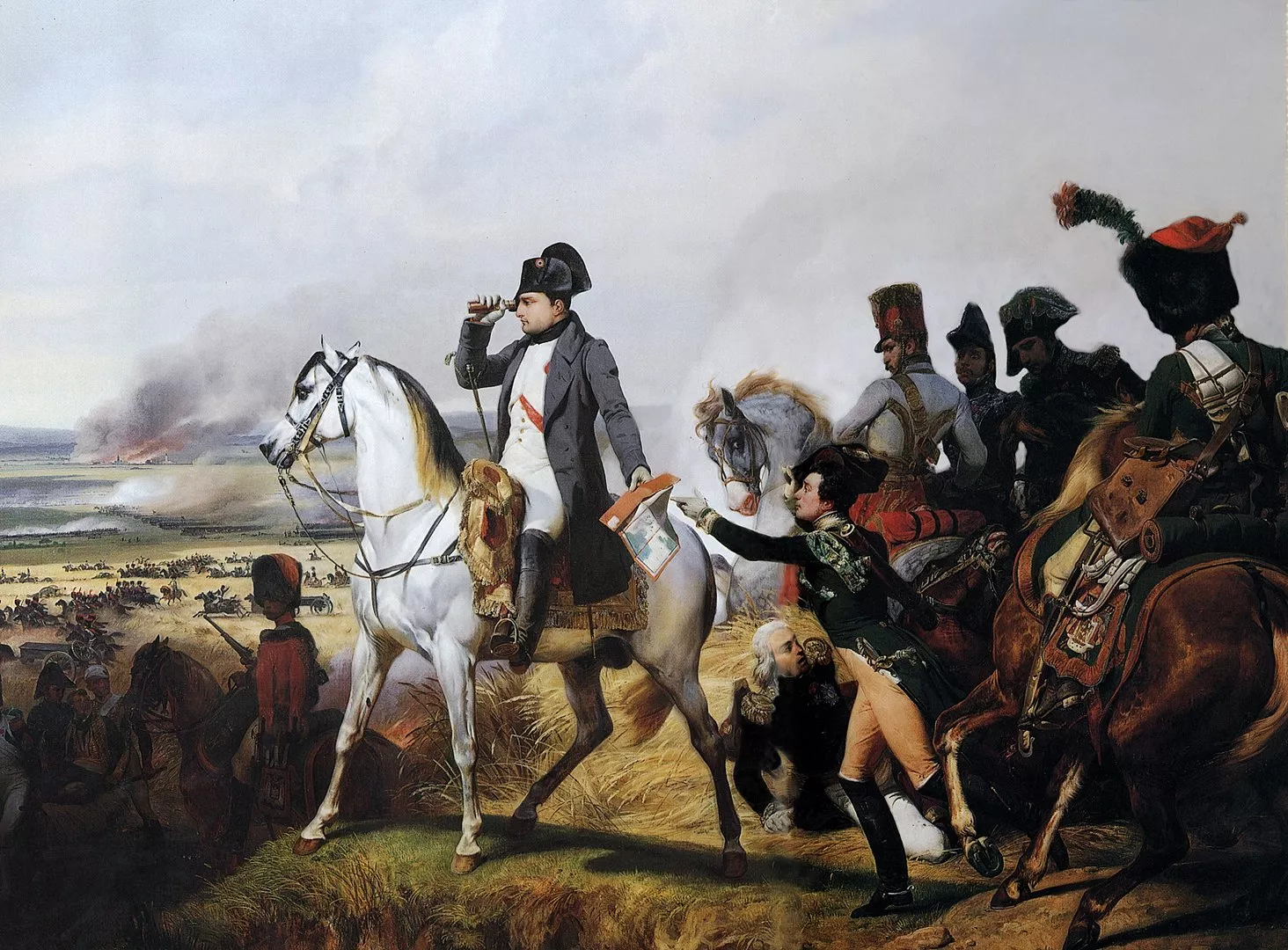
Napoleon in Austria during the War of the Fifth Coalition - Paint - Horace Vernet, Public domain, via Wikimedia Commons
Earthquake and Reconstruction
The devastating earthquake of 1895, measuring 6.1 on the Richter scale, wrought widespread destruction upon Ljubljana, leaving much of the city center in ruins. However, the subsequent reconstruction period marked a significant chapter in the city's history, characterized by architectural revitalization and urban renewal. Austrian and Czech architects played a key role in rebuilding Ljubljana, introducing new architectural styles and modern amenities that transformed the city's skyline and infrastructure.
Contemporary Capital
Since gaining independence in 1991, Ljubljana has thrived as the capital of Slovenia, becoming a vibrant cultural, economic, and scientific hub. Its favorable geographical position continues to attract scholars, artists, businessmen, and tourists from around the world, contributing to its dynamic and cosmopolitan character. With its rich history, diverse cultural heritage, and thriving creative scene, Ljubljana remains a captivating destination for visitors and a source of pride for its residents.


